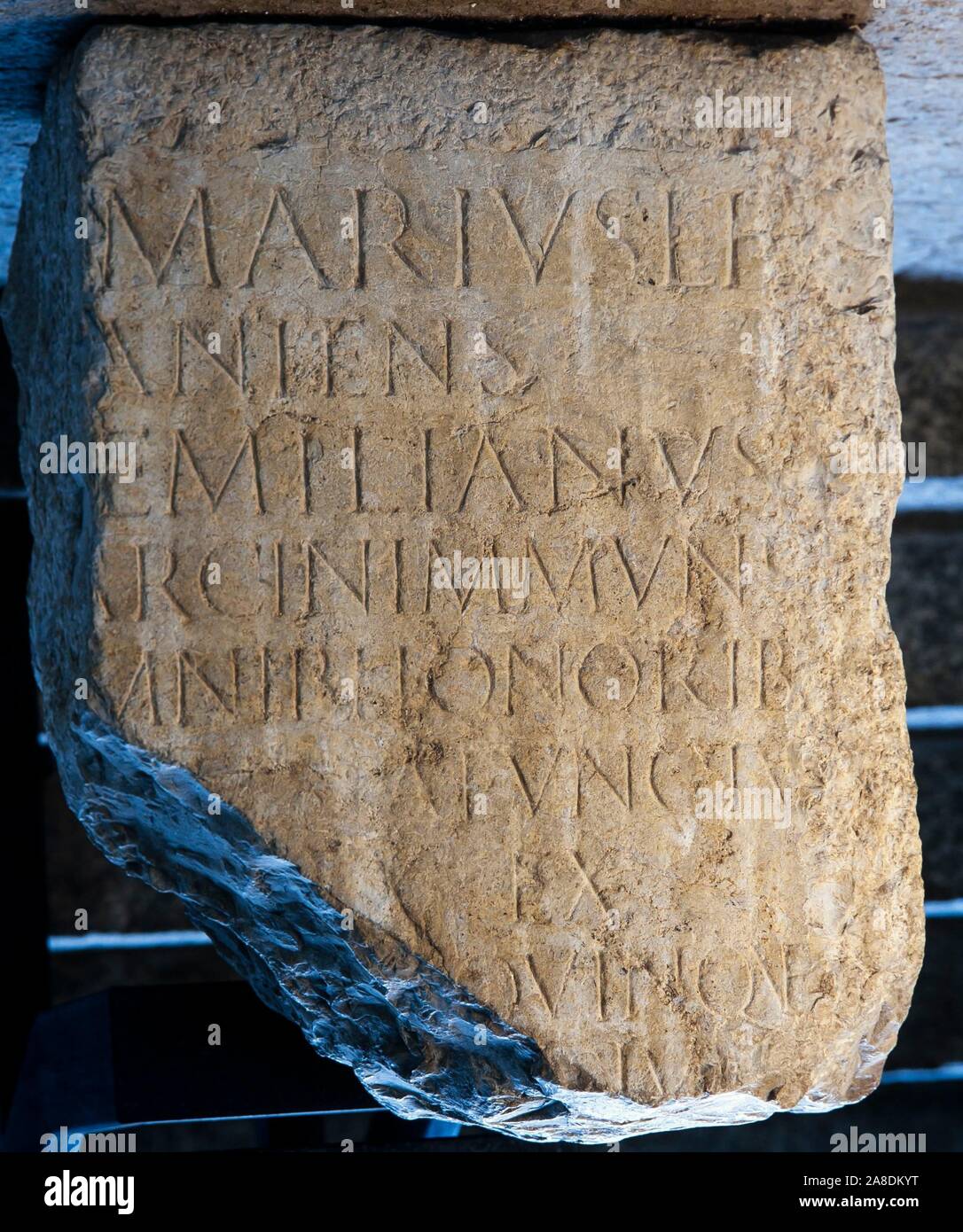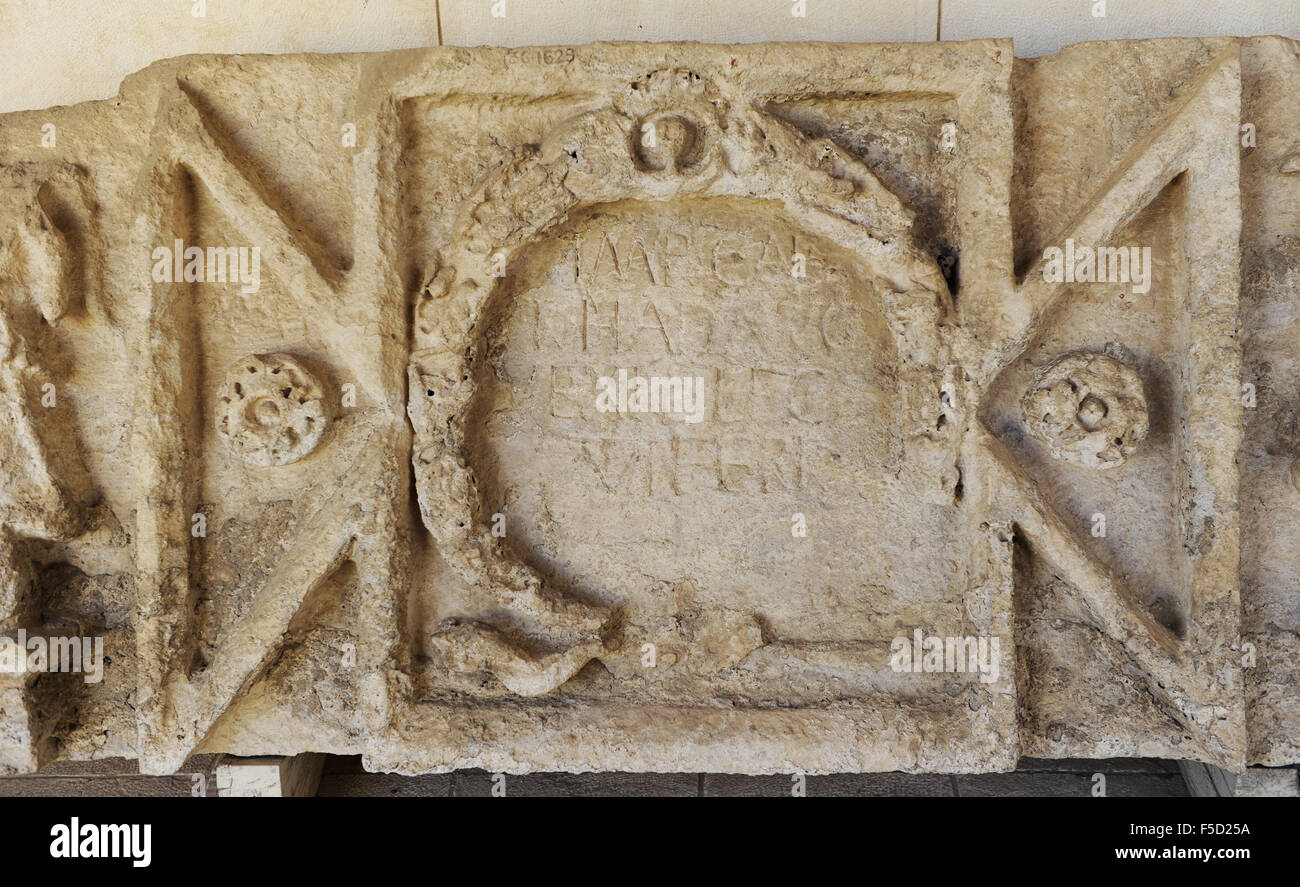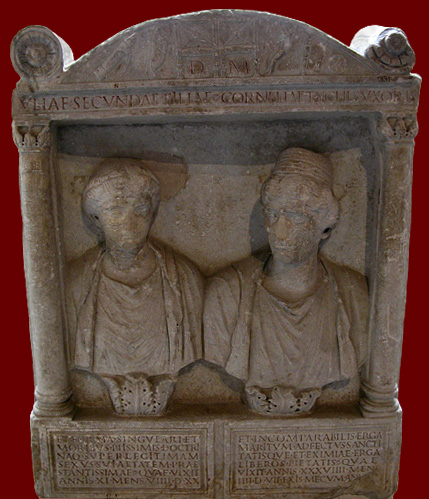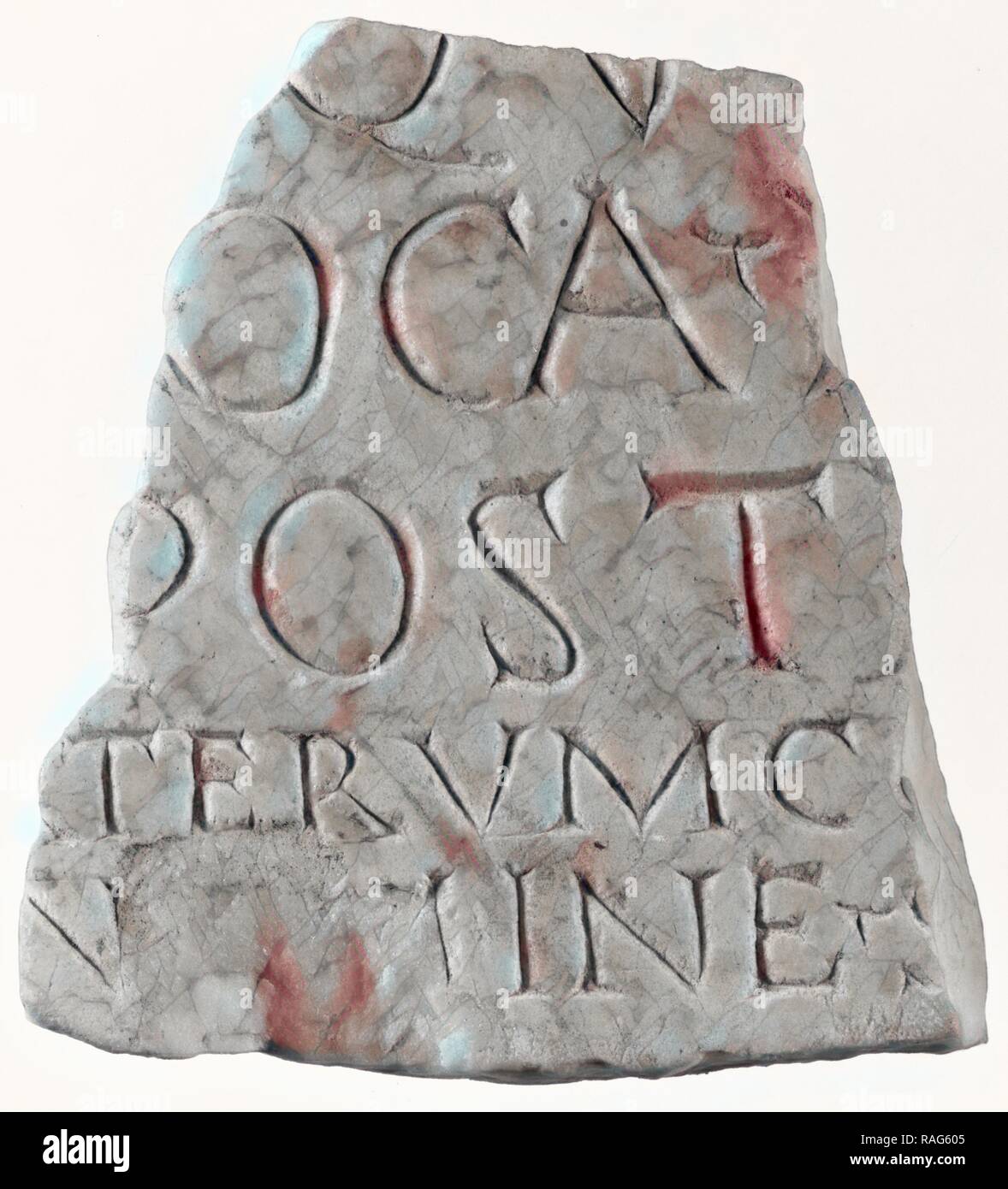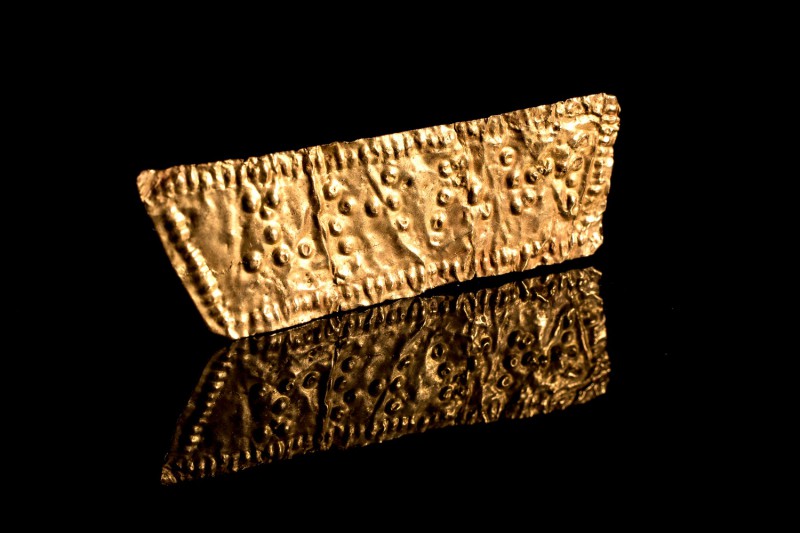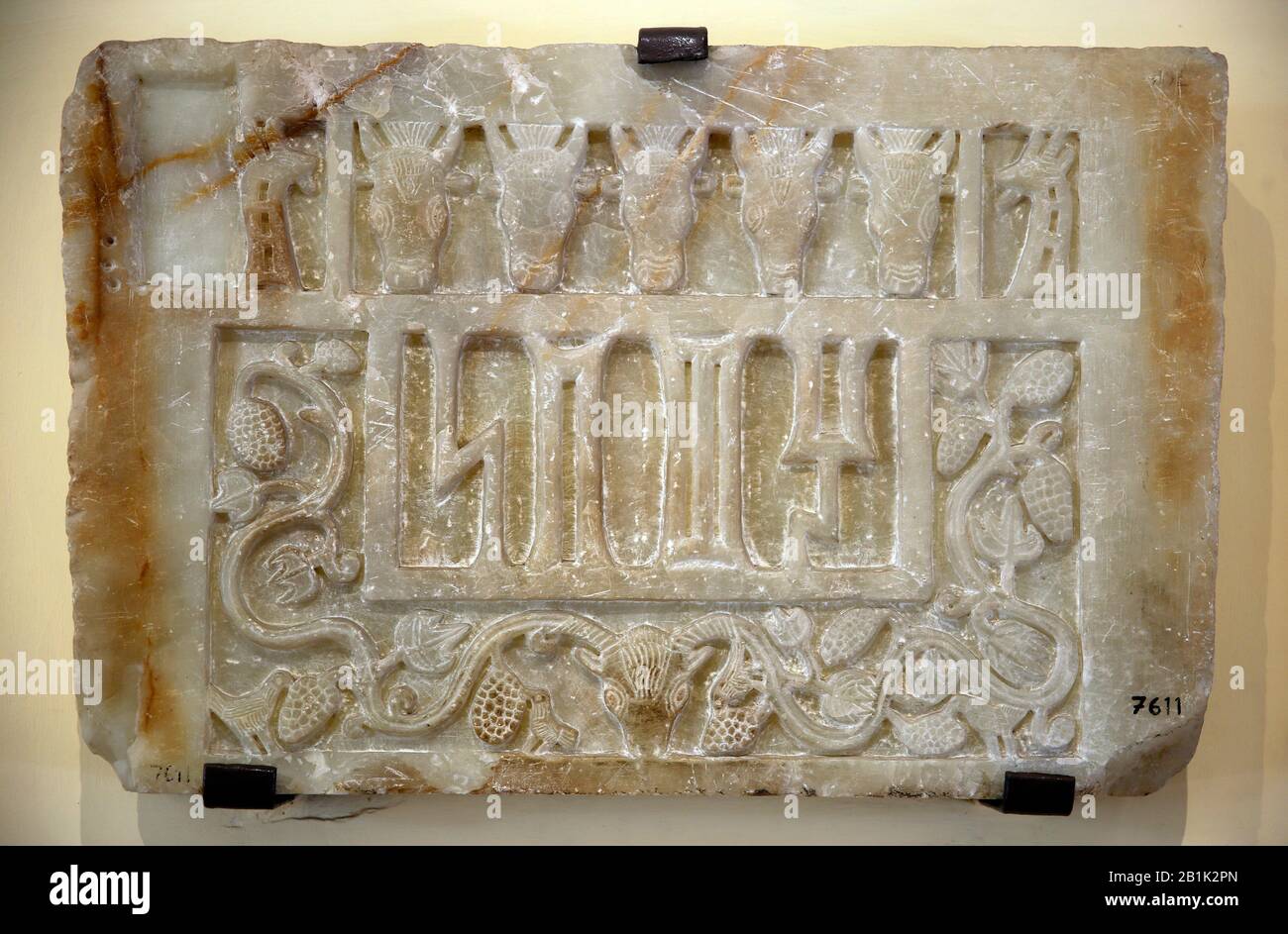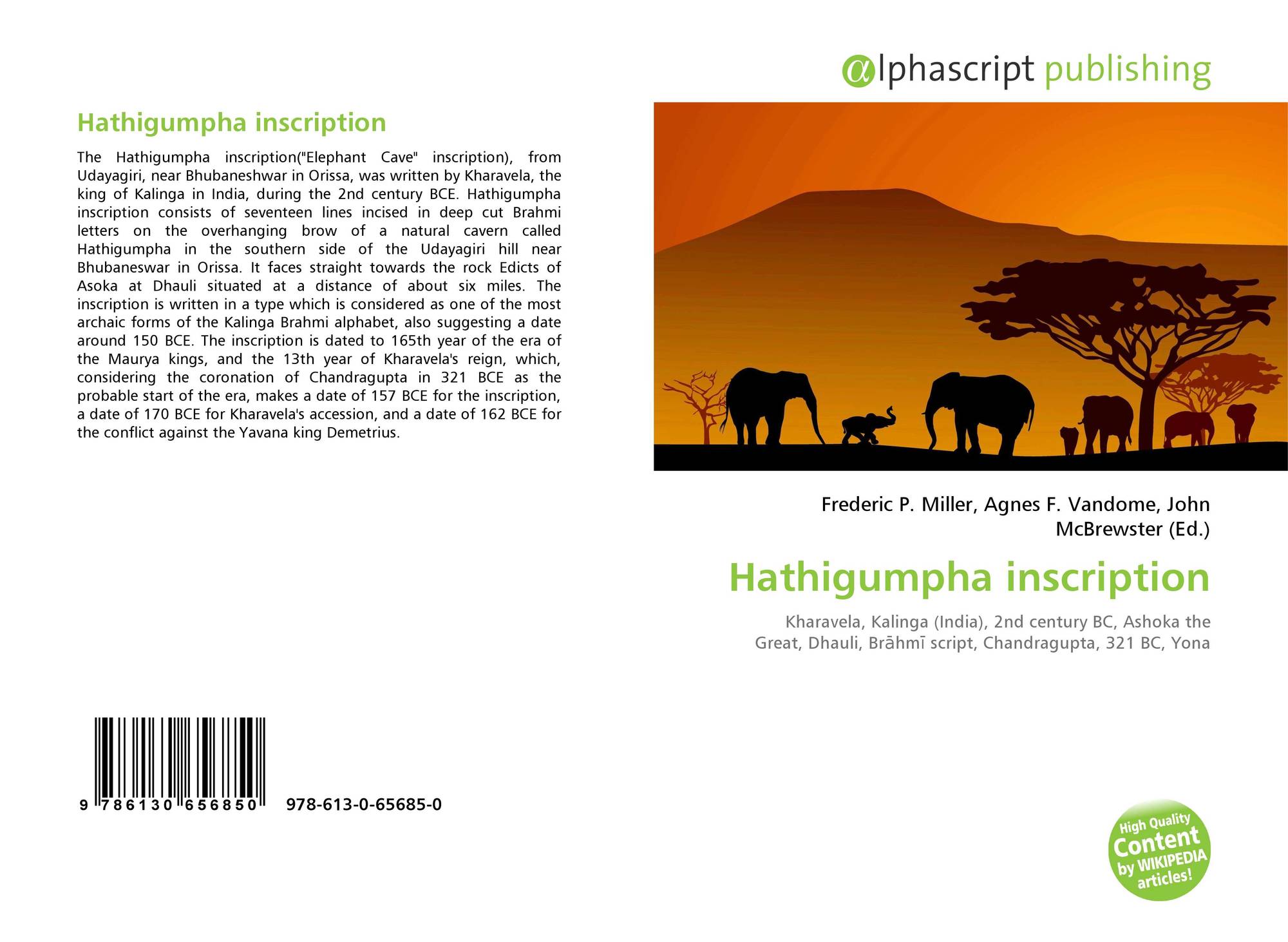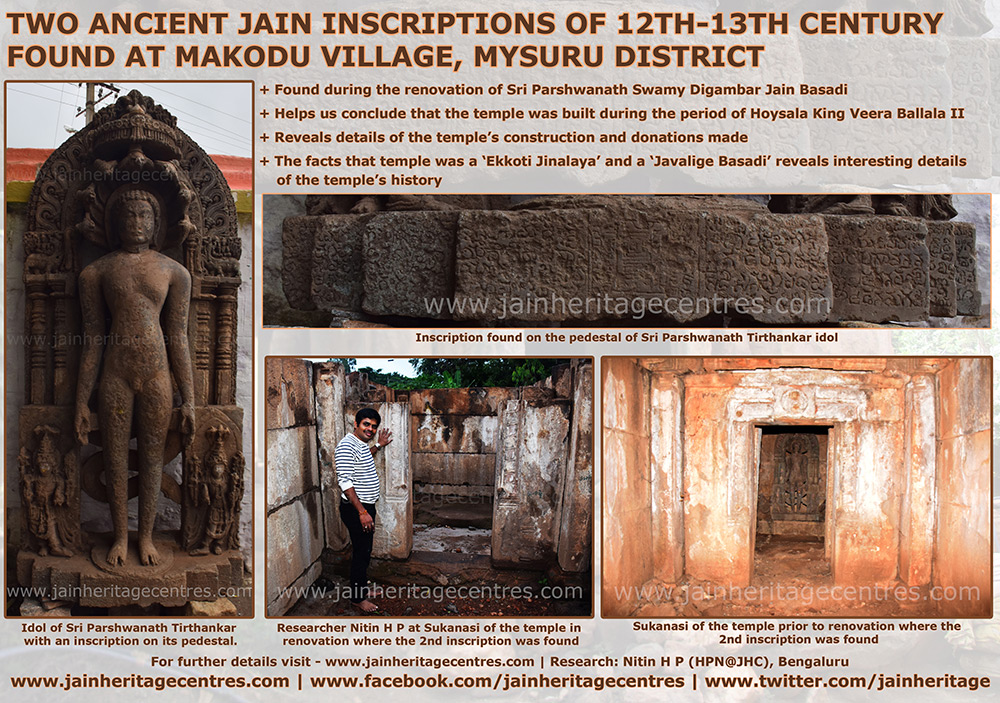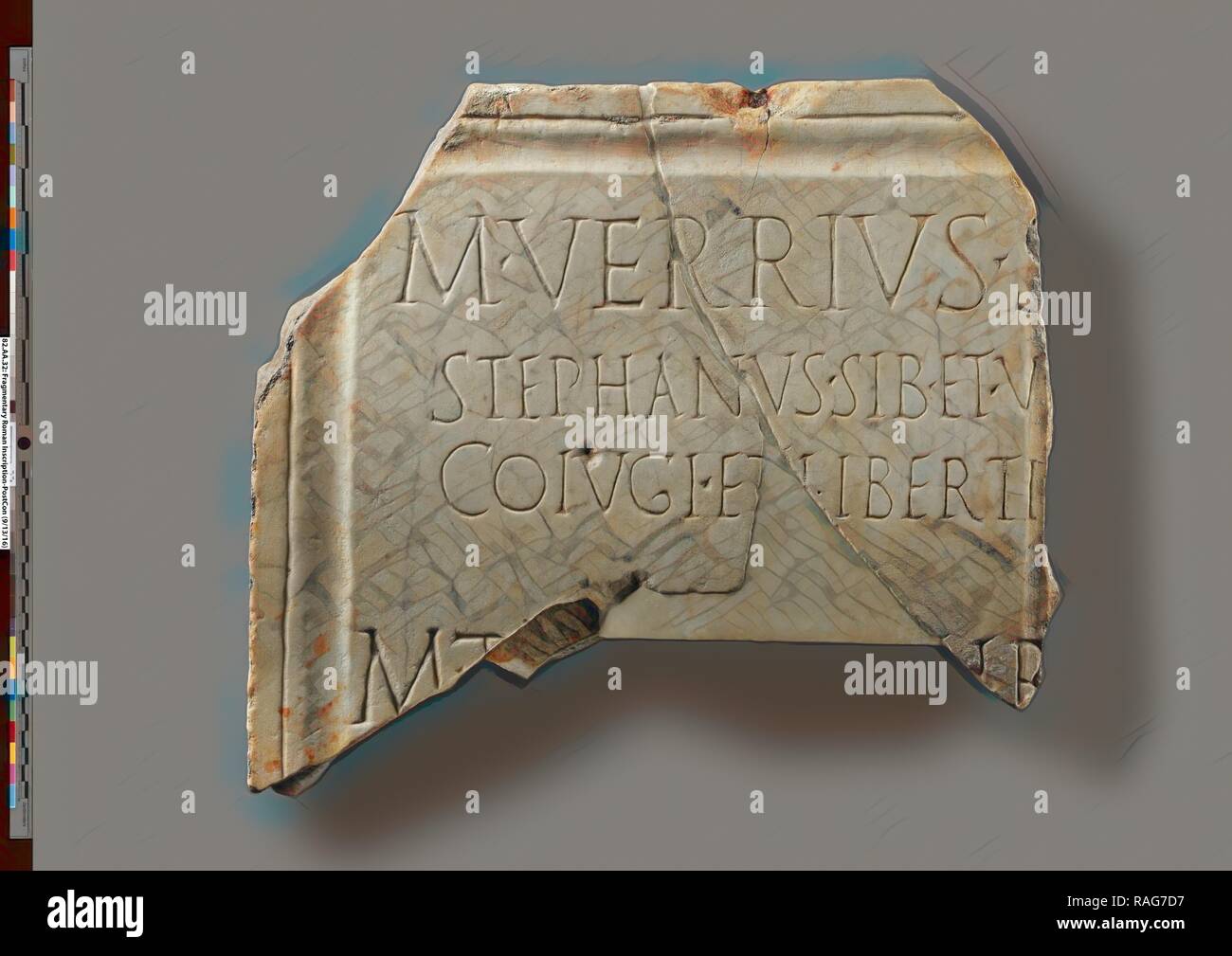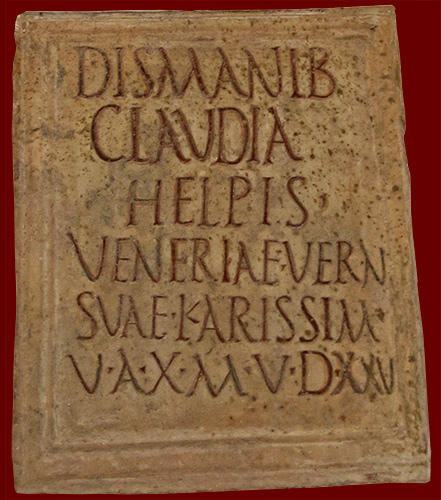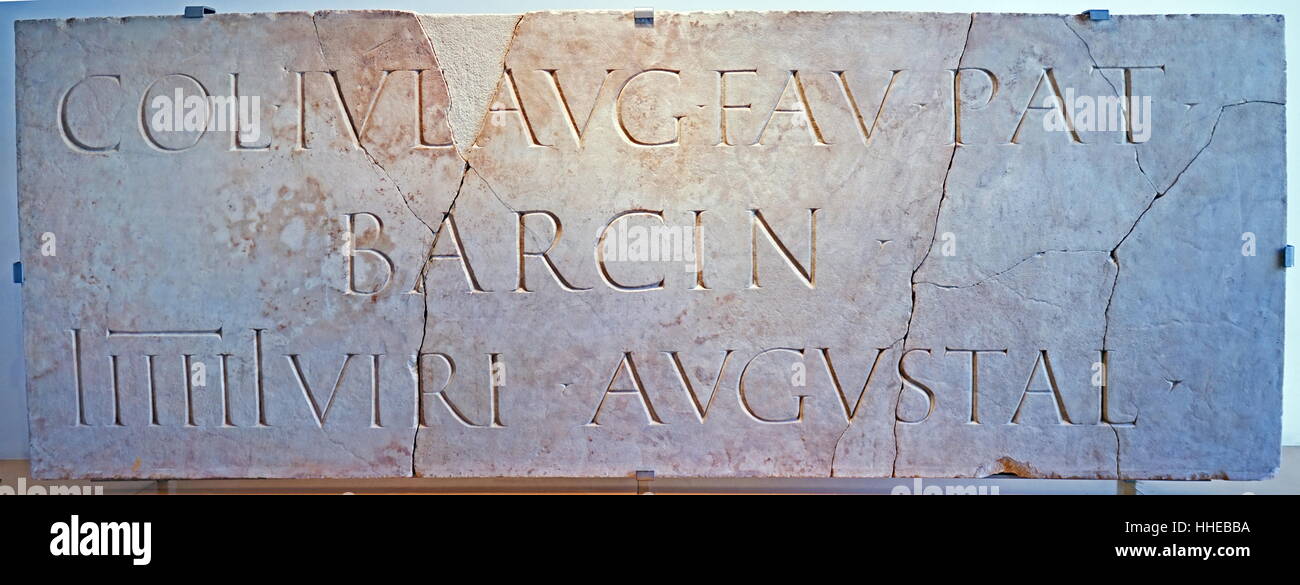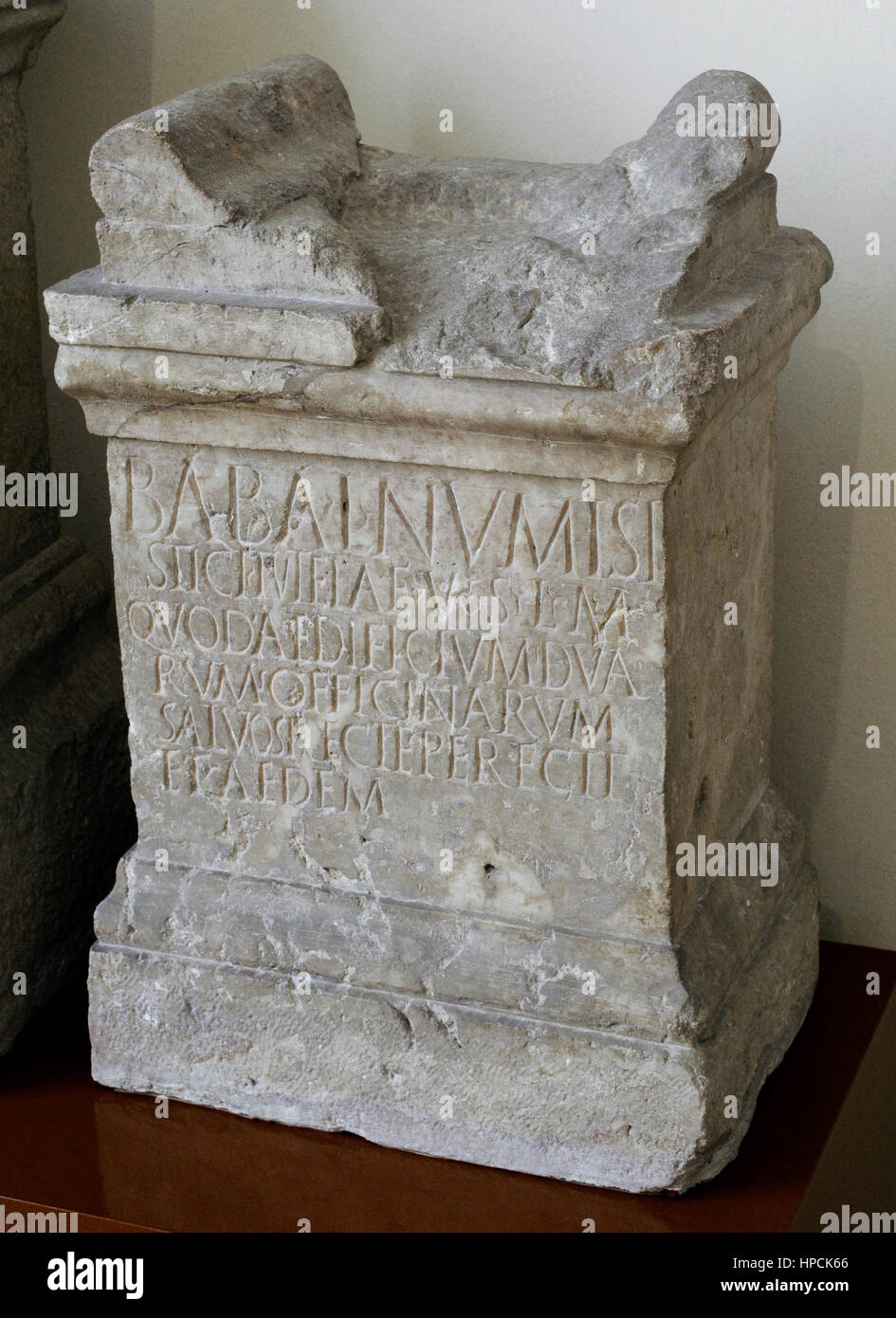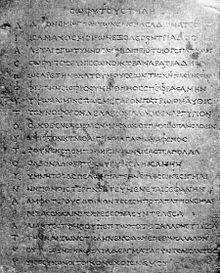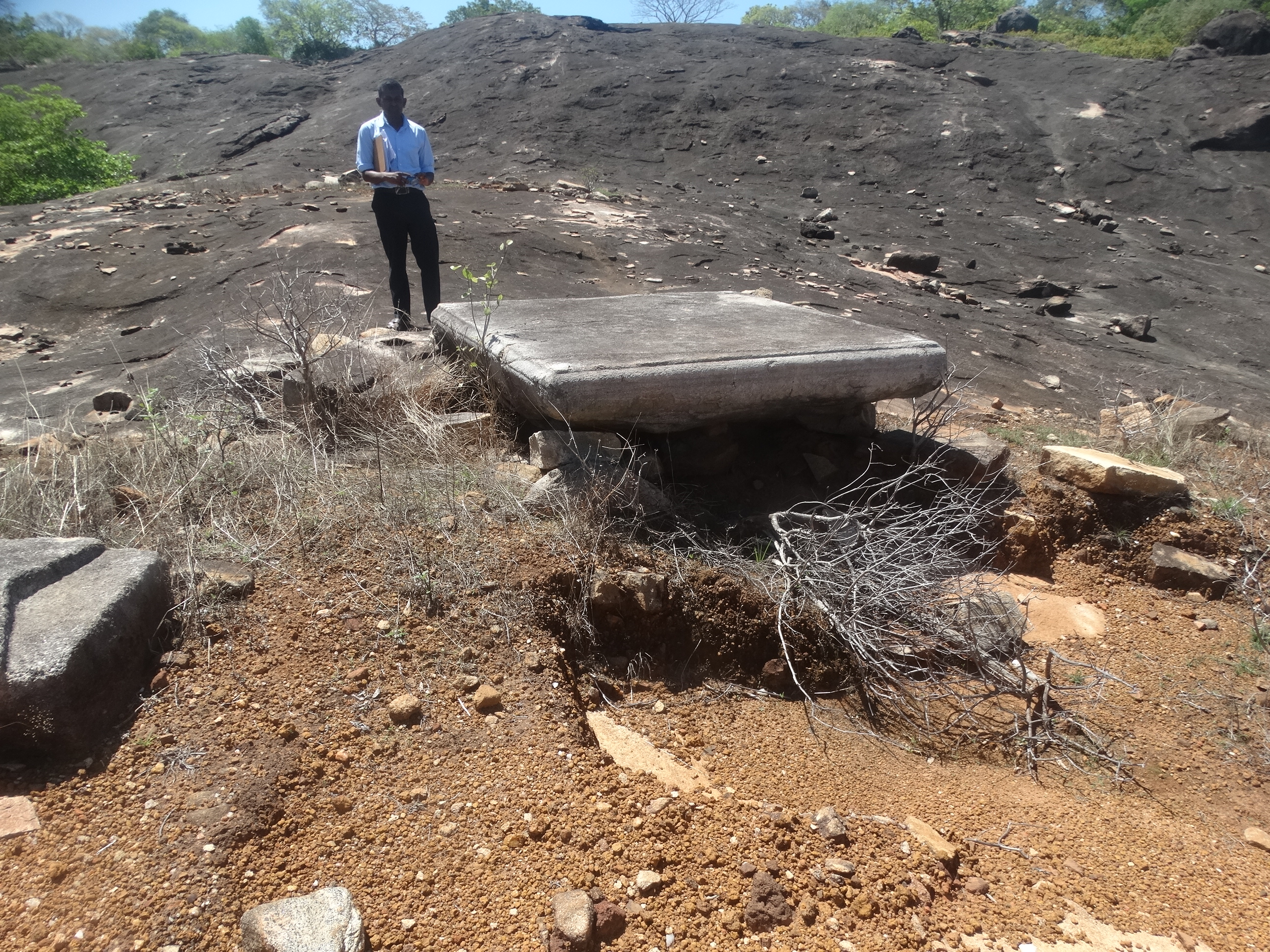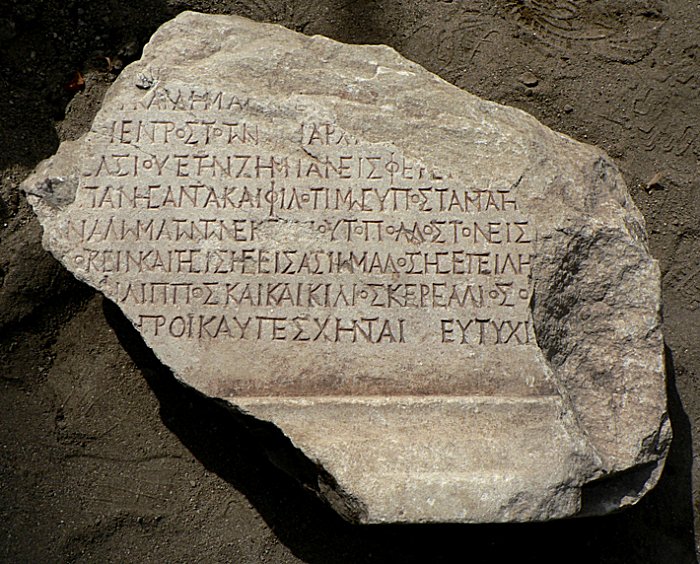2nd Century Inscription Found At
Plovdiv bulgariathe sofia globe reports that a marble slab bearing an inscription dating to the second century ad.

2nd century inscription found at. New evidence from old inscriptions nicolay sharankov abstract. And 6 in have been clearly incised and regular in formation. The worlds earliest christian inscription likely written by second century philosopher valentinus sheds light on the beliefs of an ancient sect that combined by christian and pagan elements.
Officially called nce 156 the inscription is written in greek and is dated to the latter half of the second century a time when the roman empire was at the height of its power. A letter by emperor antoninus pius found in sandanski. The dig team headed by zheni tankova made the find on june 7 plovdiv news website podtepeto reported on june 11.
Has been unearthed at. Archaeologists have found a marble slab dating from the end of the second century ce during excavations at the roman forum site in bulgarias second city plovdiv. Inscription found in bulgaria.
The alexamenos graffito also known as the graffito blasfemo or blasphemous graffito. This inscription no 02 consists of two lines and the letters which vary in height between 2 in. Representing part of an imperial letter the text is believed to refer to a fine imposed on philippopolis the ancient name of plovdiv by emperor septimius sever for having.
These writings can be identified as belonging to the first or second century ce. The inscription has been deciphered as kurummangala athan yi yanai po tamizh inscription in samanamalai madurai district tamil nadu 2nd century bce. Representing part of an imperial letter the text is believed to refer to a fine imposed on philippopolis the ancient name of plovdiv by emperor septimius sever for having supported his rival to the throne pescennius niger.
Archaeologists have found a marble slab dating from the end of the second century ce during excavations at the roman forum site in bulgarias second city plovdiv. The paper proposes new readings for two second century inscriptions which mention heraclea sintica and reveal important details about the history and the institutions of the city. Black and red ware piece containing tamizh inscription found in mangudi tirunelveli district tamil nadu 2nd century bce.
Heraclea sintica in the second century ad.
